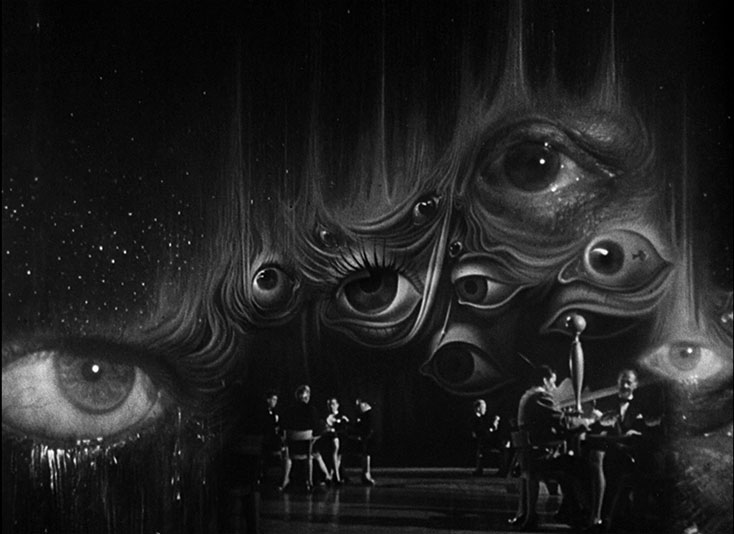
Sometime ago, my wife and I were taking a walk on Sotelo Avenue in Piedmont when we noticed that, looking down the backyard of one of the homes on the south side of Sotelo we saw what appeared to be a lake!
A lake in Piedmont?
When I got home I did some googling around and found this about Tyson Lake:
The only surface water body in Piedmont is Tyson Lake, a privately-owned man-made lake near LaSalle Avenue at the Oakland city limits. Tyson Lake is in the Indian Gulch watershed. It has a mean depth of 18 feet and a volume of 3,000,000 gallons of water.
Some months later, there was a house for sale on the south side of Sotelo Avenue and we checked it out, hoping to get a better view of this Tyson Lake. Indeed, the home’s backyard went right down to the water where they had a small dock and row boat. Unfortunately, I didn’t have a camera to snap some pics.
Well, yesterday, I checked out another home located on the perimeter of Tyson Lake that was being sold and was open for viewing.
The realtor and I chatted a bit about Tyson Lake and she said I could walk to it from the house. So I did, and I took the pictures you see here.
She also told me that ownership of the lake is shared by the homeowners who live around the lake.
It appears that the lake was created by damming a small creek that flows from the east. I don’t know when or why.
From Onboard LLC (2011):
Tyson Lake Neighborhood, Piedmont, CA
Population: 134
Median Household Income: $540,075
Average Household Income: $460,133
No public access.
The Tyson Lake neighborhood in Piedmont, California, is comprised of 47 households with a median household income of $540,075. (Coldwell Banker)










